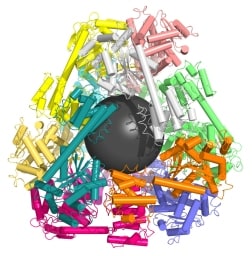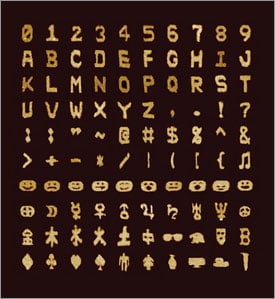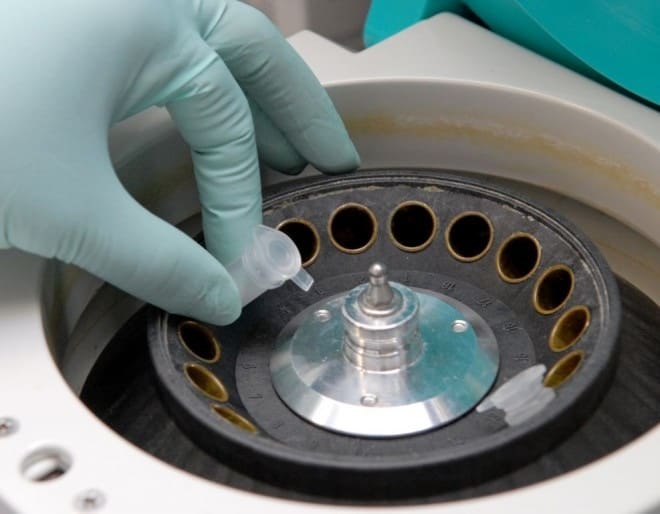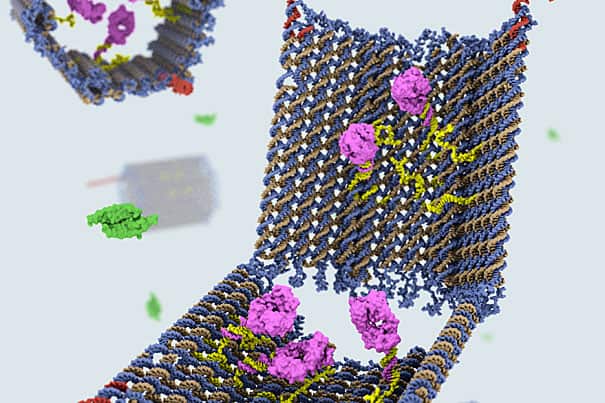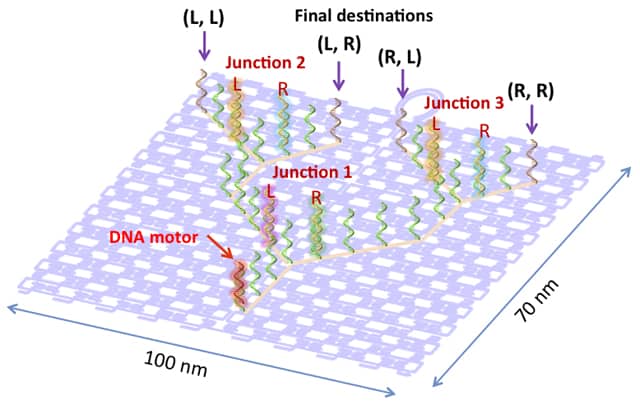The demonstration that the process of DNA replication is more flexible than thought should make it easier to incorporate unusual amino acids into designed proteins, which might make it easier to design novel protein machines.
An expanded genetic alphabet could lead to more easily designed proteins

